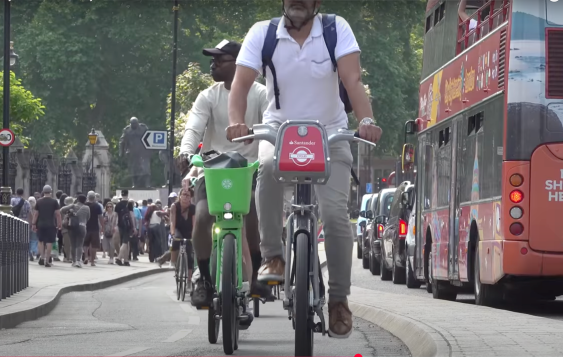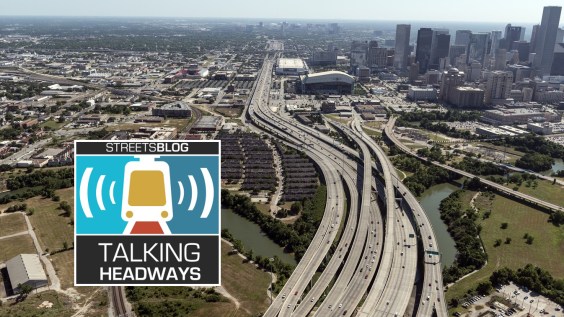The difficulty of changing our ingrained daily habits -- even for
our own good, not the health of the planet -- is the subject of today's
post from Streetsblog Network member Twin City Sidewalks.
The blog's author, Bill Lindeke, writes about the recently concluded "Blue Zones"
project that was conducted in Albert Lea, Minnesota, under the
sponsorship of the AARP and the United Health Foundation. The
five-month project aimed at encouraging people to make incremental
changes -- such as eating healthier food and walking more -- that could
extend their lives and improve their overall well-being.
Reports on the success of the experiment are mixed.
That's hardly surprising, writes Twin City Sidewalks, since the
autocentric infrastructure of most American communities is such a
powerful shaping force in our everyday lives:
Not too many people have access to this kind of infrastructure anymore. (Photo: Christopher Alexander's "Timeless Way of Building")
Lately, the public health world has been trying
to change this fabric, and to make exercise and movement a part of
American everyday life again. But that is a very difficult thing to do,
precisely because all these systems of movement, shopping, interacting,
and living are everywhere. In most Minnesotan homes, we need cars to do
just about anything. Most of the time, you don't have a choice to walk
or bike to do an errand.So, efforts like Albert Lea's Blue Zones project are really tilting at windmills (just like this blog, in fact)...
Of
course I found it excellent that the city identified sidewalks as a key
factor in reinstalling walking within everyday life. It's just a very
difficult thing to actually accomplish, because of the interlinked
nature of movement patterns. Even if you have a sidewalk, without a
corner store or small library (without a giant parking lot in front of
it), the actual concrete slab doesn't do you much good.It took
50 years to change our cities so that walking and biking are nearly
impossible. It's going to take a long time to make them easy and
convenient again.
Is the idealism of
something like the Blue Zones project ultimately productive? Or does it
simply play into stereotypes about dreamy idealism that can't effect
real change?
Let us know what you think in the comments.
More from around the network: San Francisco Transit Oriented Design on the notorious Bay Bridge S-curve. Carfree USA on bicycle production as an economic indicator. And Copenhagenize on bad behavior in bicycle culture.





